Tracking Your Success: The Top KPIs for Restoration Contractors
February 20, 2023 •Ember Davis
Key Performance Indicators (KPIs) are critical metrics used to measure the success of a business. In the restoration industry, tracking the right KPIs can provide valuable insight into how well a company is performing and where improvements can be made. In this blog, we'll take a look at the top KPIs for restoration contractors and why they are important.
-
Water Labor Efficiency Ratio: This metric measures the amount of time spent on productive work compared to non-productive work. This can help restoration contractors identify areas for improvement and increase efficiency. Water Labor Efficiency Ratio is a crucial Key Performance Indicator (KPI) for restoration contractors as it measures the amount of time technicians spend on billable work compared to non-billable activities such as traveling, waiting for materials, or administrative tasks. A high Water Labor Efficiency Ratio indicates that technicians are productive and focused on billable activities, which can positively impact your bottom line. By tracking this KPI, contractors can identify areas for improvement and optimize their workflow to increase technician productivity. Understanding this ratio helps in making data-driven decisions, leading to increased efficiency and profitability for the restoration business.
-
Water WIP Time: This metric tracks the amount of time it takes to complete a water job from start to finish. This can help restorers make improvements in their processes and minimize downtime. his metric helps in identifying areas where improvements can be made to streamline the process and increase efficiency. A long WIP time can indicate that there are bottlenecks in the process or a lack of resources, leading to delayed completion and lower profits. By tracking WIP Time, restoration contractors can identify and eliminate inefficiencies, improve response times and ultimately, increase customer satisfaction. By keeping WIP Time under control, contractors can ensure that their resources are utilized effectively and their operations run smoothly.
-
Sales Trends Over Time: Keeping an eye on sales trends is crucial to understanding the health of your business. This KPI provides valuable insights into whether your sales are increasing or decreasing and helps you make informed decisions. This key performance indicator (KPI) helps contractors track their sales growth and identify areas where they may need to adjust their strategy. Understanding sales trends allows contractors to make informed decisions about expanding their services, improving their marketing efforts, and enhancing customer experience. By regularly monitoring sales trends, contractors can ensure their business is on the right track and make necessary changes to drive growth and profitability.
-
Onsite Arrival Time: Onsite arrival time is a crucial KPI for Restoration Contractors because it directly affects the reputation of their business. Prompt and timely arrival at the job site not only demonstrates professionalism but also builds trust with the client. This KPI helps to track the punctuality of technicians and identify any potential issues that may be causing delays. By monitoring this KPI, restoration contractors can ensure that they are providing the best possible service to their clients and maintaining a positive reputation in the industry.
-
PM/Superintendant Reconstruction per day: This metric tracks the amount of reconstruction work completed by Project Managers and Superintendents. By measuring the number of reconstruction tasks completed per day, contractors can identify areas for improvement and optimize their work processes to increase efficiency. This KPI can also be used to track progress on projects and ensure that deadlines are being met. Accurately tracking PM/Superintendant Reconstruction per day can lead to better resource allocation, increased profitability, and improved customer satisfaction.
-
Final Invoice Time: The final invoice time metric tracks how long it takes to generate a final invoice after a job is completed. This can help contractors identify bottlenecks in their billing process and make improvements to streamline their operations. They are monitoring this metric helps to ensure that invoices are sent out promptly, which can greatly impact the cash flow of the business. It can also highlight any bottlenecks in the billing process, allowing contractors to make necessary improvements to increase the speed and accuracy of their invoicing. By tracking Final Invoice Time, restoration contractors can optimize their billing process to increase revenue and maintain strong relationships with clients.
Job management software, such as Xcelerate, can help restoration contractors track key performance indicators such as these With built-in tracking and reporting capabilities, contractors can have real-time visibility into these KPIs and use them to make informed decisions to improve their business operations. The software's automated tracking also reduces manual data entry and reduces the likelihood of errors, making it easier for contractors to get an accurate picture of their business performance.
In conclusion, tracking the right KPIs can provide valuable insights into the health of your restoration business. By keeping an eye on these key metrics, contractors can identify areas for improvement and make data-driven decisions that drive growth and profitability.
Start tracking your KPIs with our free KPI Tracking guidebook

